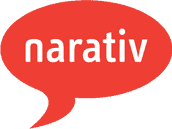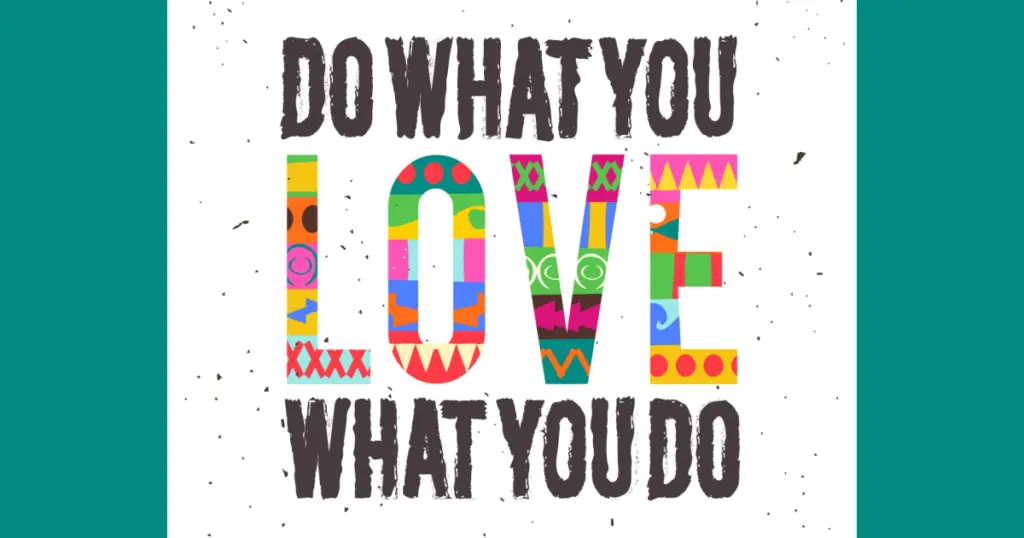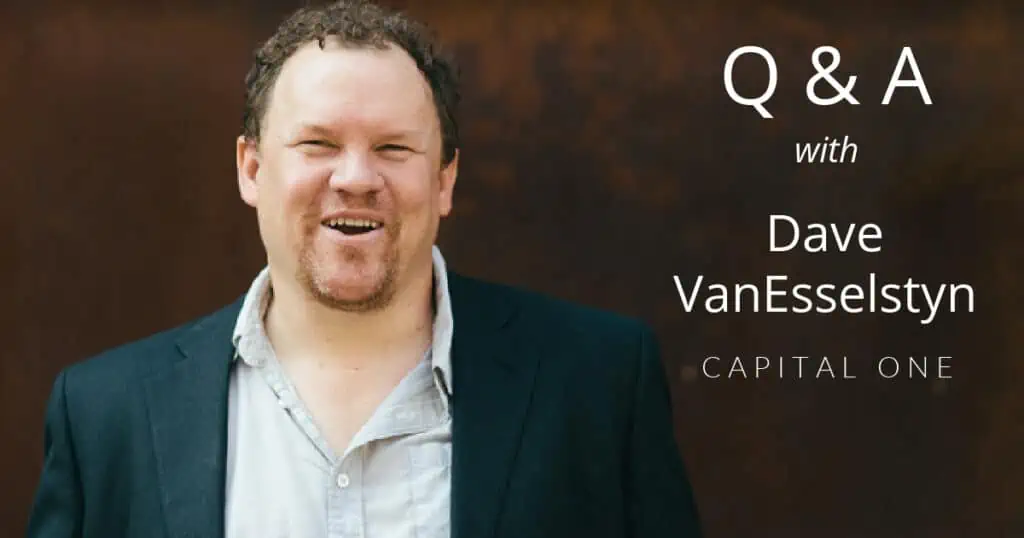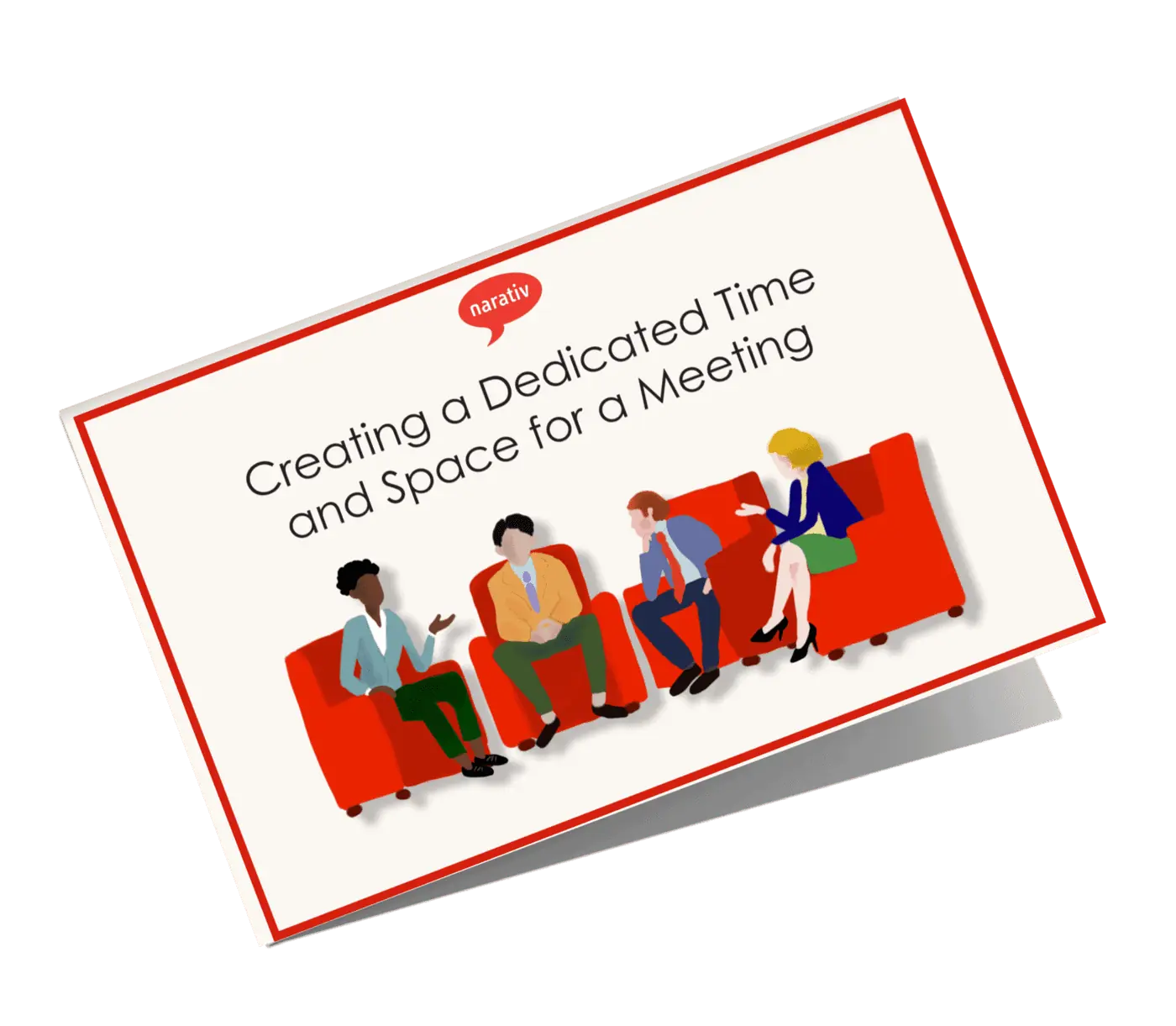The healthcare industry is a wide and varied field. From pharmaceuticals to doctors to knee braces, there are a wide variety of products and services, but they all have one goal in common: saving or improving the lives of real people. The care and empathy inherent to the industry make for a lot of powerful stories—which is why we here at Narativ love getting the opportunity to facilitate team connections in healthcare. Through our work, we’ve found that whether it be leaders, employees, or consumers, a story can help bridge the gap and help us all understand one another better.
I have worked with numerous healthcare organizations, using Narativ’s tried-and-true team building techniques to strengthen their people and improve customer care, sales, and leadership training. All this was accomplished through the power of storytelling, and I’d like to share a few of my experiences with you to showcase the power of team connections in helathcare.
Customer Care
In a recent training with a healthcare company, I was helping employees develop their own stories. During the event, a story came to light that perfectly shows how you can connect to customers through storytelling.
A man we’ll call Jeff got a call at the end of the workday from Rachel who claimed her husband, Jack, was crazy. Jack had recently been diagnosed with sleep apnea but did not want to get the necessary equipment to treat his condition. The CPAP machine reminded him of the respirator his father had worn when he died, and Jack wanted nothing to do with it. Jeff reassured Rachel by sharing that he used a CPAP machine himself and would be happy to talk to Jack.
A moment later Jack got on the line and said “You know, my wife seems to like you enough to take me away from a Packers game.” The Packers happened to be playing the Bears, and Jeff happened to be a Bears fan. Jeff used their shared connection to the NFL to share the story of NFL Hall of Famer Reggie White, who died of sleep apnea a few years after leaving the NFL.
Somewhat convinced, the still hesitant Jack had one more request, “All right, I will do this on one condition: You say ‘Go Pack Go’ on the phone right now.” Jeff couldn’t help but chuckle, but relinquished to the demand calling out “Go Pack Go!” and Jack made good on his promise to try using a CPAP machine for his sleep apnea.
Not only did Jeff manage to convince the customer by sharing a story with him, but the company now had this story to build on. And build they did! They used this as the basis for their new ad campaign and were inspired to look for even more stories among their employees to find additional ways to connect with customers.
Customer connection is a vital part of this industry, but this story goes to show how organically a story can also forge team connections in healthcare. And that’s only one part of a much greater whole.
Sales Training
One of the biggest issues with sales is conveying information. It can be incredibly hard to express all the important factors of a medical procedure, treatment, or product to a customer—especially when you don’t want to lull them to sleep. Stories can help with this.
During a workshop with another healthcare company, I took their employees through an exercise. We had already developed some personal stories, and now we were going to apply them. The task at hand was for them to use their personal stories to describe a complex new drug, its importance, and its key details in under 4 minutes. To meet this challenge they had to take 60-80 pages of material and boil it down to a short story.
One woman did a remarkable job: She shared how her father had died of a stroke and then demonstrated how the drug would have saved him. Not only did it create an emotional connection, but it conveyed the importance of the drug as well as many facts and applications of it—all in a short 4-minute personal story!
The story helped the communication of the product move from dry and complex presentations to compelling and memorable stories. It helped the employees understand the importance and impact of what they were accomplishing with every sale. This was no longer a faceless drug but rather a cure for Sally down the street or Joe who swings by the diner every Tuesday on his way to work. It humanized the patients and the research; which helped in every aspect of the sales process—from the sales meeting to the sales themselves. Finally, it helped the team appreciate and support one another as they heard the stories and struggles of their coworkers, promoting even greater teamwork in healthcare.
Team connections in healthcare are vital, not only to running a functional workplace, but also in building something cohesive that truly benefits the people the industry serves.
Leadership
A big part of every leader’s job is to connect with the employees they manage and share the vision of where and how they will lead their team. Making team connections in healthcare through storytelling helps leaders accomplish both of these objectives.
At another healthcare company, we trained leaders on the importance of understanding one another for the sake of building effective teams. I asked them to share stories of overcoming challenges with the requirement of following a theme I had chosen that everyone could relate to. The exercise was a success and helped build unity as we all gained insight into the struggles and strengths of those around us that were revealed by the stories shared.
Later on in the training, we built on this first exercise; rather than providing them with a theme, we created a character. We gave these characters names, ages, and hometowns. And then they each got a rare illness too. The room discussed the different emotions and stories these hypothetical characters could experience, and while everyone knew the character was fictional the possibilities were real. How would they feel? How would they act? We determined that our characters experienced fear and uncertainty, and from there we were able to define a purpose and message that addressed those issues—a purpose and message everyone believed in.
This practice of storytelling helps strengthen our leaders as they developed deeper compassion and a stronger commitment to their goals. Not only that, but it can also help your leaders better appreciate the employees who work under them and their stories (and we already talked about just exactly how valuable that can be!) for greater teamwork in healthcare organizations.
The Benefit of Better Team Connections in Healthcare
Storytelling is one of the most powerful tools at our disposal, but unfortunately, many healthcare organizations haven’t learned how to harness it for their own benefit. Here at Narativ, we aim to fix that, and we hope that through our work in establishing better team connections through storytelling, those benefits will ripple outward to improve the health of our families and communities.
If you are interested in learning more about how storytelling can help improve your healthcare company with any of these aspects, don’t hesitate to reach out to me personally for a chat or check out our Services page for more information.




